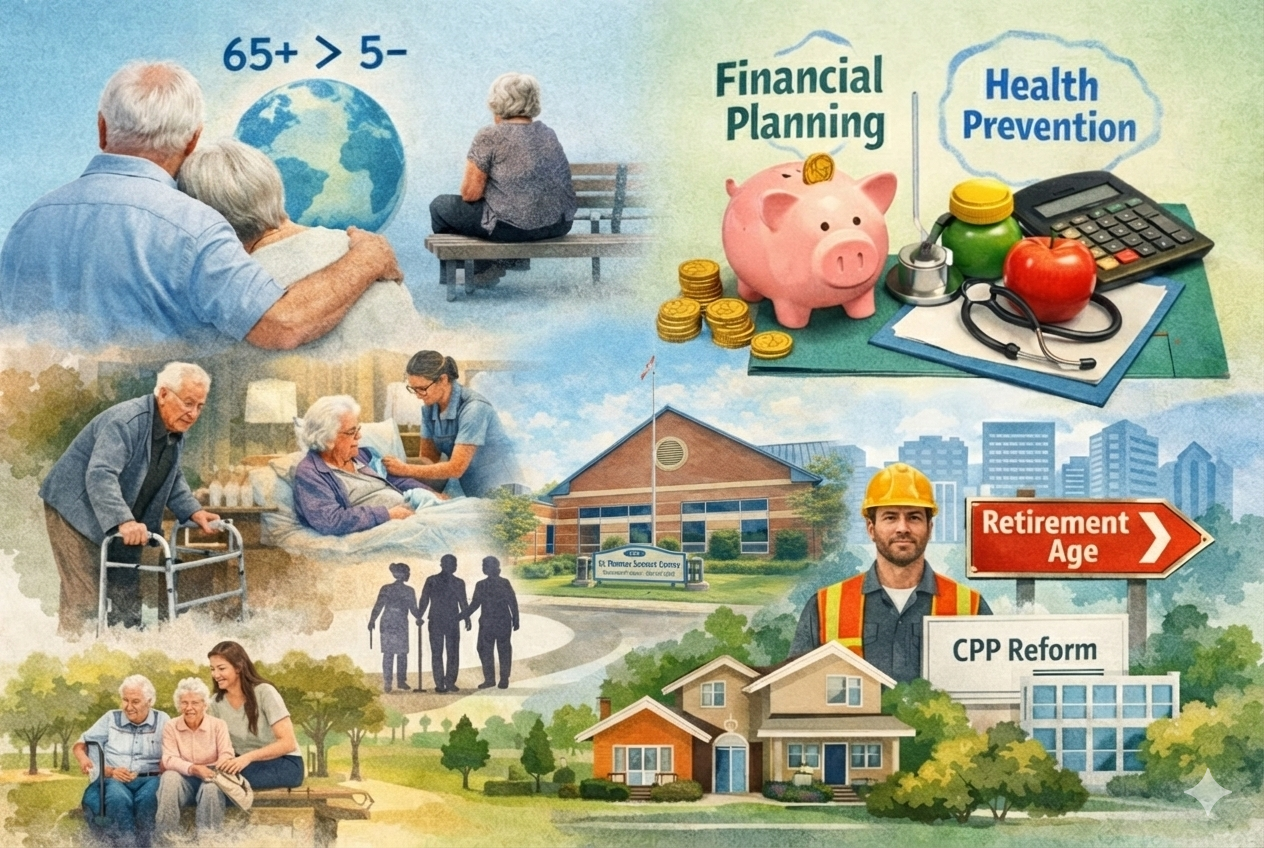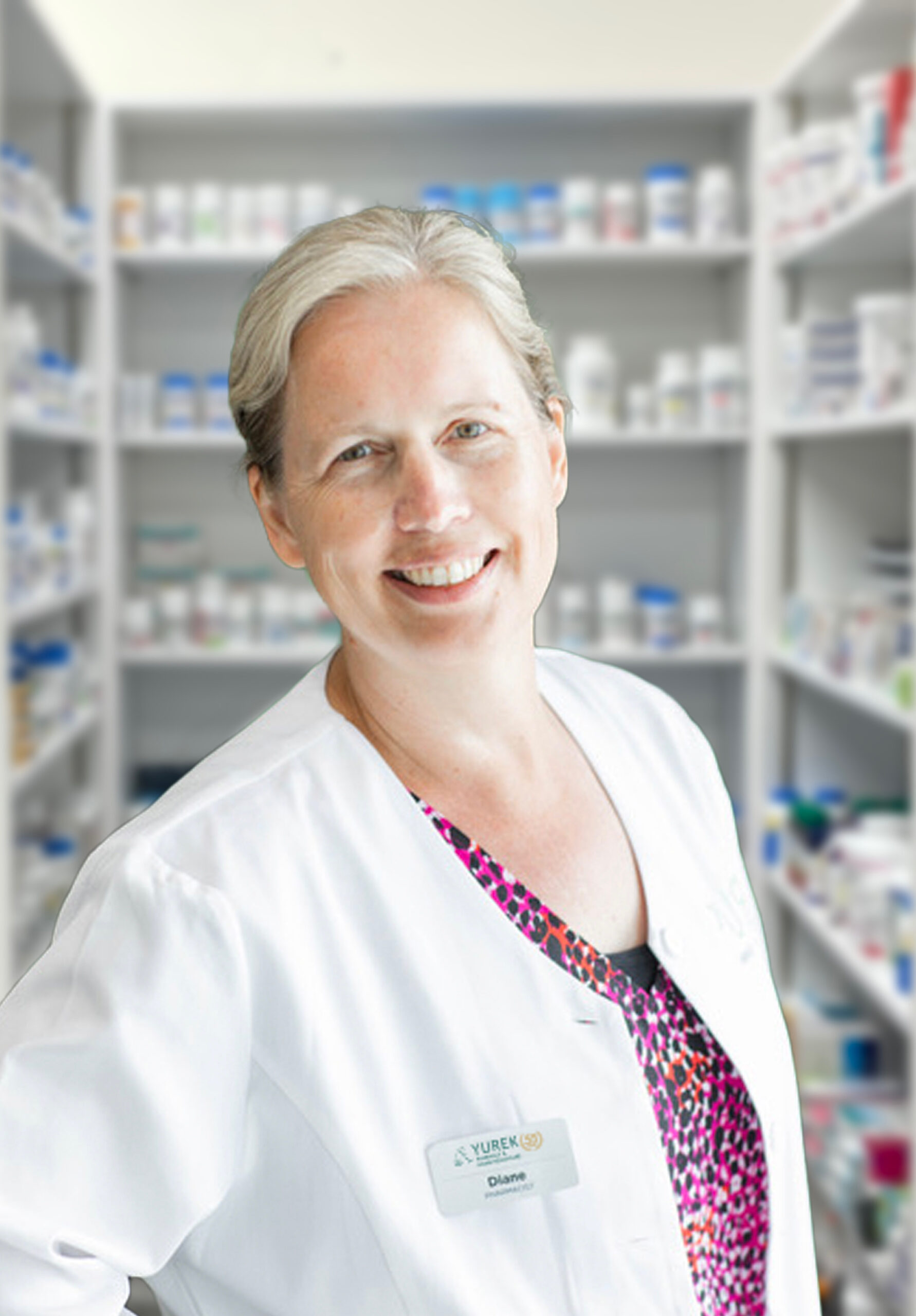Modern medicine, public health initiatives and lifestyle changes have made a huge impact on how long and, in some cases, how well we live. In fact, globally, our population is aging. For the first time in history, the number of people over 65 is more than those under 5. This changes family dynamics: many older individuals have siblings, children and grandchildren to help. As the population ages, some people will have fewer children and possibly no siblings. This lack of familial support will impact the level and type of care that people receive as there will be fewer options for care.
There is hope; we must think about preparing for older age on a societal and individual levels. Individually, we can prepare by looking at preventative health measures and financial preparedness. Many individuals approach older age with minimal to no savings. Starting to save early can have a huge impact. For example, if someone saves $10,000 at the age of 40, assuming an interest rate of 5%, they will have $700,000 by the time they are 70. If that person starts 10 years earlier, they will only need to save $5,500.
Similarly, we know that preventing disease is far easier (and less expensive) than treating it. The average cost to treat someone with Type 2 diabetes is around $6,800 per year. Early intervention including diet, exercise and medication have been shown to prevent the progression from pre-diabetes to becoming diabetic. This early intervention may prevent or delay the onset leading to financial savings and improved quality of life.
As a society, determining the cost of waiting is more complex. At a federal level, reforms to CPP contributions are already occurring. While these may be painful to the individual, they are necessary changes to support our social safety net. Looking at mandatory retirement ages also may not be popular, but many countries are examining this as a policy.
Locally, we are seeing changes occurring. Our public health actively promotes seniors’ health initiatives to ensure people live better, healthier lives. We are seeing changes in infrastructure as more senior-friendly homes are being built as well as improved walking trails and other amenities. Our population is aging, but we have the opportunity to prepare. There is an opportunity for individuals, governments and businesses to adapt to better serve our seniors. To be successful, we need to take care of ourselves and, of course, each other.
By: Steve Bond, BScPhm, RPh, CDE








